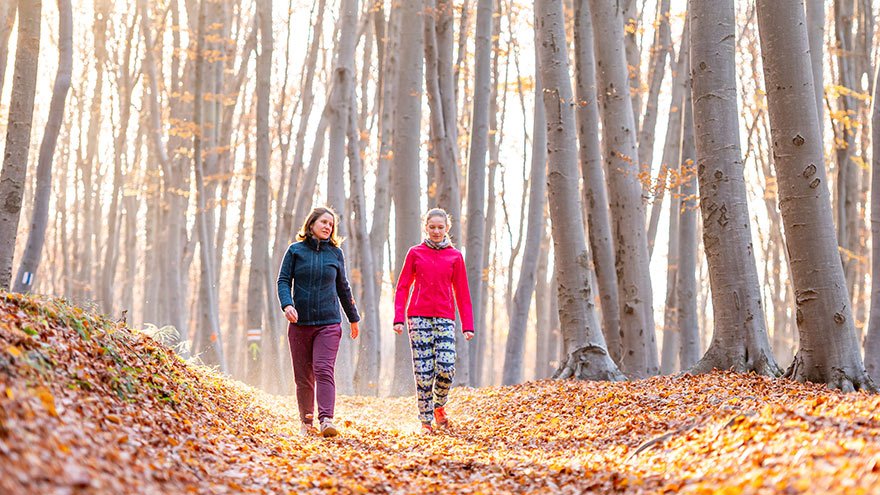Fall Skincare and Sunscreen Tips
August 22, 2025

As the days get shorter and cooler, it may feel like you can stash away your sunscreen until next summer. But UV rays don’t take a seasonal break — and your skin still needs protection year-round.
Why Sunscreen Still Matters in Fall & Winter
Even when the sun feels weaker, UV rays can reach your skin through clouds, snow, and windows.
- 4–5%: UV intensity increases for every 1,000 feet of elevation.
- 80%: Snow reflects UV rays back onto your skin.
- Cloudy days: Up to 80% of UV rays still pass through clouds.
- Protecting your skin year-round also helps reduce your lifetime risk of skin cancer (Skin Cancer Foundation).
💡 Pro Tip: Try a Tinted Sunscreen
Visible light can cause dark spots, especially on medium to darker skin tones. Tinted sunscreens with iron oxides add extra protection — and many double as a light foundation.
How Much Sunscreen Do You Really Need?
Dermatologists recommend applying sunscreen every single day — no matter the season.
- Use about one ounce (a shot glass) for your whole body.
- Apply a nickel-sized dab for your face alone.
- Cover often-forgotten areas: neck, ears, lips, scalp, and tops of hands.
💡 Pro Tip: Check the Date
Sunscreen usually lasts about three years. No date on the bottle? Mark the purchase date with a Sharpie so you know when it’s time to replace it.
Reapply, Reapply, Reapply
Sunscreen wears off, even in cooler months.
- Reapply at least every 2 hours.
- If you’re sweating, swimming, or outdoors at high altitudes, reapply every 2–4 hours.
💡 Pro Tip: Reapply More Often Outdoors
Two hours is the rule, but sweat, snow, and altitude can wear sunscreen off faster. When you’re active outside, reapply every 2–4 hours.
Sunscreen for Kids & Babies
Children’s skin is especially sensitive to UV damage.
- Everyone over 6 months should wear daily SPF.
- For infants under 6 months:
- Keep them in the shade.
- Dress them in light, protective clothing.
- If sunscreen is necessary, use a mineral formula (zinc or titanium dioxide) with SPF 30+) and wash it off once indoors.
💡 Pro Tip: Babies Need Special Care
Skip sunscreen for infants when you can. Shade and clothing are safest. If sunscreen is needed, go mineral and reapply carefully.
Choosing the Right SPF
- Always use broad-spectrum sunscreen (protects against UVA & UVB).
- Choose SPF 30 or higher for daily use.
- Creams are better for dry skin, gels for oily areas, and sticks for around the eyes.
💡 Pro Tip: Don’t Be Fooled by SPF Numbers
SPF 100 sounds stronger, but the real secret is applying enough sunscreen and reapplying regularly. SPF 30–50, used correctly, protects just as well for everyday needs.
Beyond Sunscreen: Full Sun Protection
Think of sunscreen as part of your sun safety toolkit, not the only piece.
- Wear UPF-rated clothing.
- Choose wide-brimmed hats and UV-blocking sunglasses.
- Seek shade between 10 a.m. and 4 p.m., when rays are strongest.
💡 Pro Tip: Sunscreen Isn’t the Only Shield
Pair your SPF with protective clothing and shade breaks. Together, they work better than sunscreen alone.
Renown Dermatology
Trust in Renown Dermatology's expertise to rejuvenate and renew your skin with dermatologist-approved products and services.
